The Milk Chocolate Market is currently characterized by a dynamic competitive landscape, driven by evolving consumer preferences and a growing demand for premium products. Key players such as Mars, Inc. (US), Mondelez International, Inc. (US), and Nestle S.A. (CH) are strategically positioning themselves through innovation and regional expansion. Mars, Inc. (US) has been focusing on enhancing its product portfolio with healthier options, while Mondelez International, Inc. (US) emphasizes sustainability in sourcing cocoa, which resonates with environmentally conscious consumers. Nestle S.A. (CH) is leveraging digital transformation to enhance customer engagement and streamline operations, collectively shaping a competitive environment that prioritizes quality and sustainability.
In terms of business tactics, companies are increasingly localizing manufacturing to reduce costs and improve supply chain efficiency. The Milk Chocolate Market appears moderately fragmented, with a mix of large multinational corporations and smaller niche players. This structure allows for diverse offerings, yet the collective influence of major players like Ferrero S.p.A. (IT) and Lindt & Sprüngli AG (CH) is significant, as they set trends that smaller companies often follow.
In August 2025, Ferrero S.p.A. (IT) announced the acquisition of a local chocolate manufacturer in Brazil, aiming to strengthen its foothold in the South American market. This strategic move is likely to enhance Ferrero's distribution capabilities and product offerings in a region where demand for premium chocolate is on the rise. By integrating local expertise, Ferrero may effectively cater to regional tastes and preferences, thereby solidifying its competitive edge.
In September 2025, Lindt & Sprüngli AG (CH) launched a new line of organic milk chocolates, reflecting a growing consumer trend towards health-conscious products. This initiative not only diversifies Lindt's product range but also aligns with the increasing demand for organic and ethically sourced ingredients. The introduction of this line could potentially attract a new customer segment, further enhancing Lindt's market position.
In October 2025, Mondelez International, Inc. (US) unveiled a partnership with a tech firm to develop an AI-driven platform for personalized marketing. This innovative approach aims to enhance customer engagement by delivering tailored product recommendations based on consumer behavior. Such a strategy may significantly improve Mondelez's ability to connect with consumers, thereby driving sales and brand loyalty in an increasingly competitive market.
As of October 2025, the Milk Chocolate Market is witnessing trends that emphasize digitalization, sustainability, and technological integration. Strategic alliances are becoming more prevalent, as companies seek to leverage each other's strengths to enhance their market presence. The competitive differentiation is likely to evolve from traditional price-based competition towards a focus on innovation, technology, and supply chain reliability, suggesting that companies that prioritize these areas may emerge as leaders in the market.


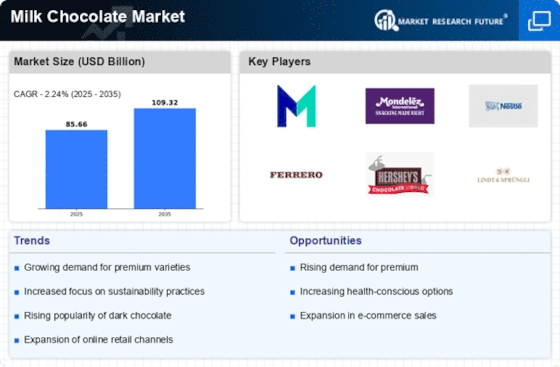
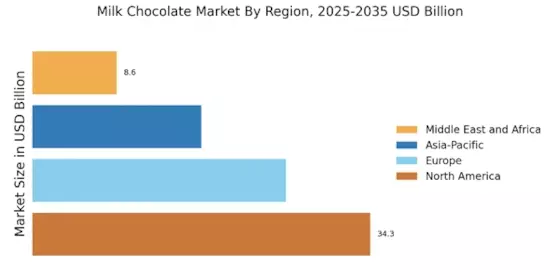
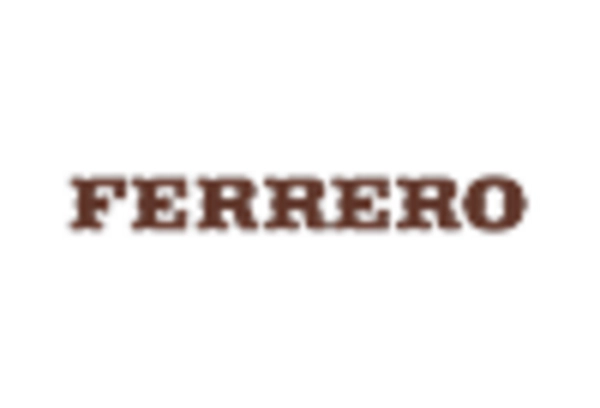
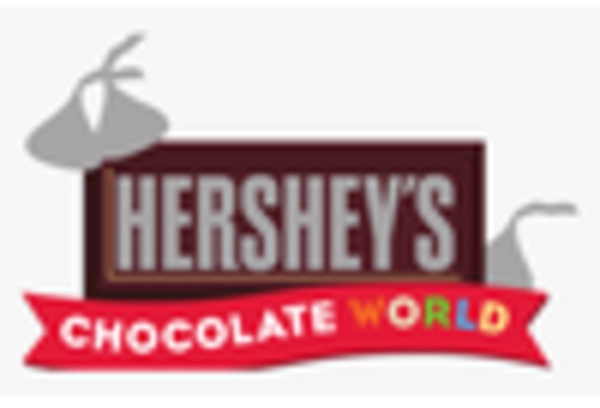
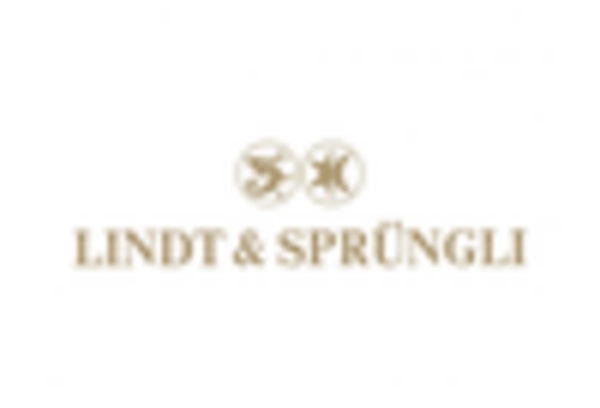
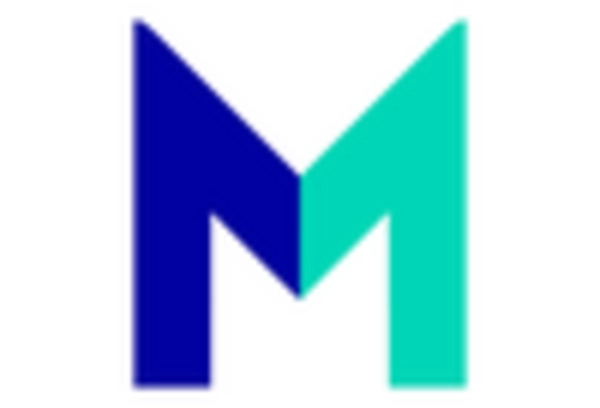
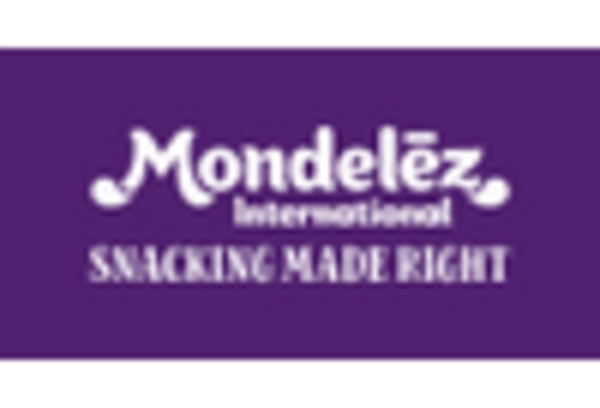
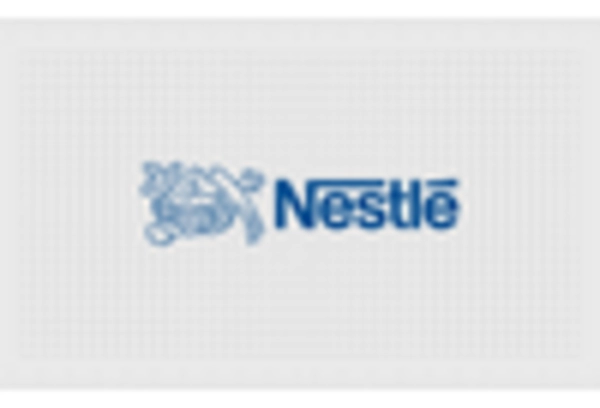








Leave a Comment